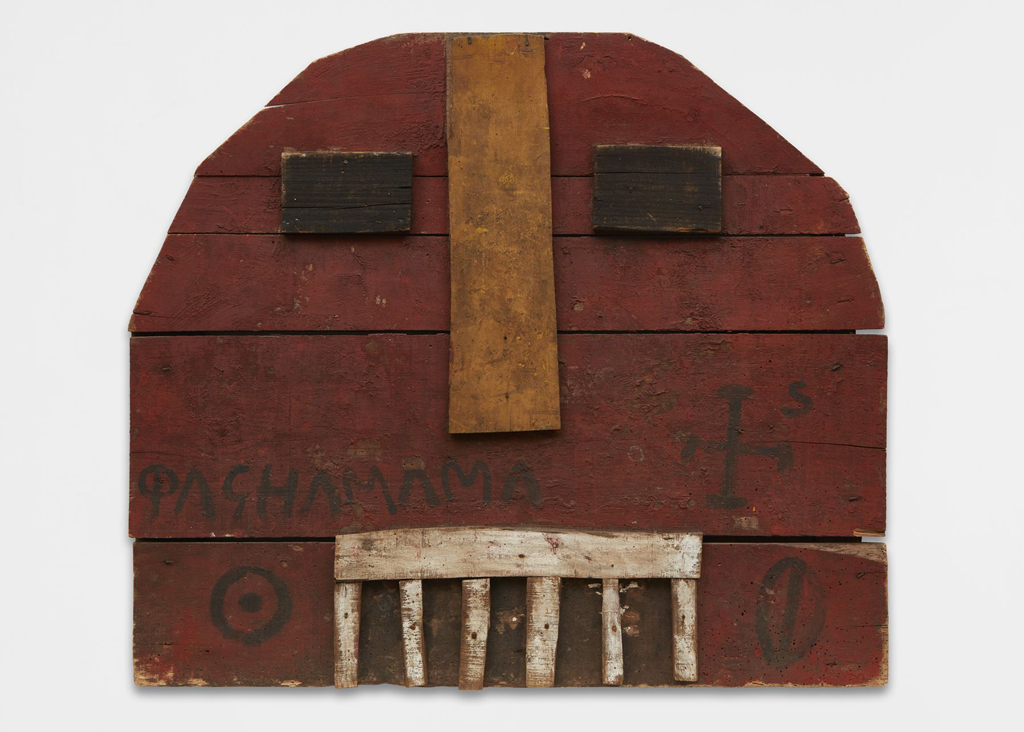[ad_1]
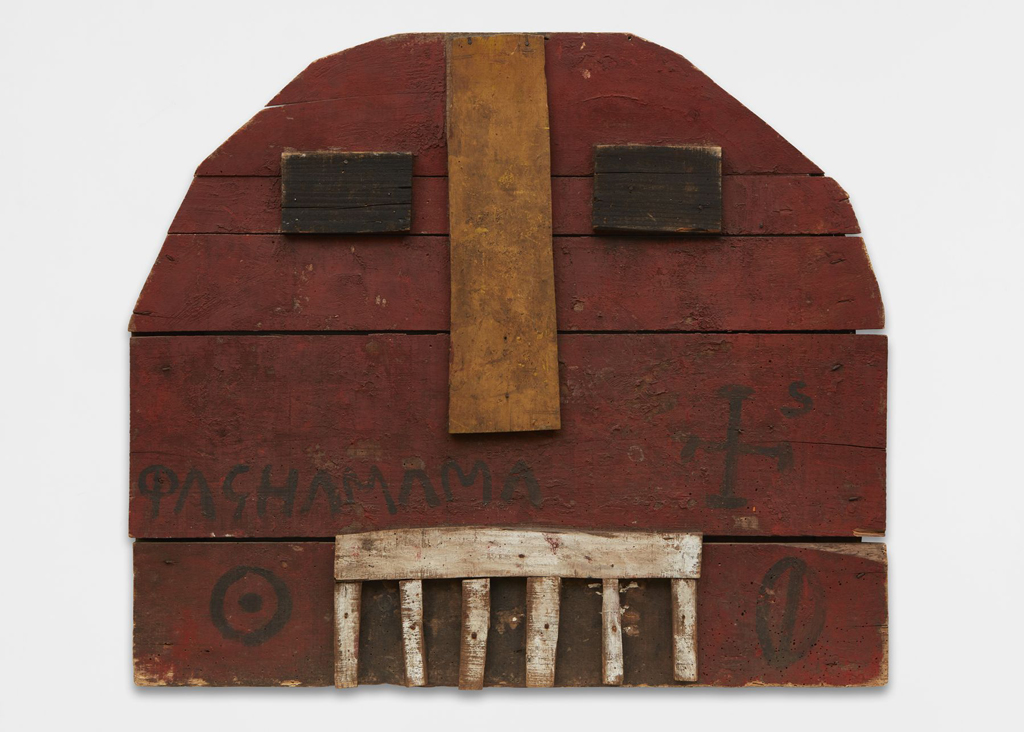
Joaquín Torres-García, Representación de la Tierra-Pachamama (Representation of Earth-Pachamama), 1944, oil on wood.
©2017 ALEJANDRA, AURELIO AND CLAUDIO TORRES, SUCESION J.TORRES-GARCÍA, MONTEVIDEO
MONDAY, APRIL 9
Talk: “The Unerring Eye of Art World Avatars Dominique and John de Menil” at FIAF
At this talk, writer William Middleton, who recently released a biography of famed arts patrons Dominique and John de Menil, will speak about how the couple, who, after leaving behind war-torn Europe for New York in 1941, became prominent collectors, philanthropists, and human rights activists. The conversation, which will be led by author and journalist Kate Betts, promises a detailed look at Dominique and John de Menil’s legacy, and their impact of the cultural landscapes of Houston, where they set up a museum dedicated to their collection, and New York.
FIAF Le Skyroom, 22 East 60th Street, 7 p.m.
WEDNESDAY, APRIL 11
Opening: Joaquín Torres-García at Acquavella Galleries
Bringing together over 60 sculptures, paintings, and works on paper, this show, titled “The Worlds of Joaquín Torres-García,” will present the largest survey of the artist’s work in an American gallery since 1950. The late Uruguayan artist, the subject of a 2015 retrospective at the Museum of Modern Art in New York, is best known for his enigmatic abstractions that reconcile classical and modern notions of beauty. Torres-García was friends with the most notable artists of avant-garde circles in Paris and New York during the 1920s and experimented with color, form, and mythologies on canvases that appear to be broken up into tiny cells, some of which contain simple-looking people and things.
Acquavella Galleries, 18 East 79th Street, 6–8 p.m.
Talk: “Art and Immigration Policy” at John Jay College of Criminal Justice
This timely event, which coincides with the “Internalized Borders” exhibition at Shiva Gallery, will focus on the ways in which visual culture and language influence elections, politics, and perspectives regarding immigration in the U.S. The panel will include New York State Senator Marisol Alcántara, Assistant Attorney General of the New York State Attorney General’s Civil Rights Bureau Anjana Samant, spoken word artist Danyeli Rodriguez Del Orbe, and visual artists Francisco Donoso, Shahrzad Changalvaee, and Alva Mooses. The curators of “Internalized Borders,” art historian Susan Noyes Platt and visual artist Maria de Los Angeles, will introduce the talk, and Caitlin Cahill, an urban studies and youth studies scholar, will moderate.
John Jay College of Criminal Justice, 860 11th Avenue, 6:30–8:30 p.m.
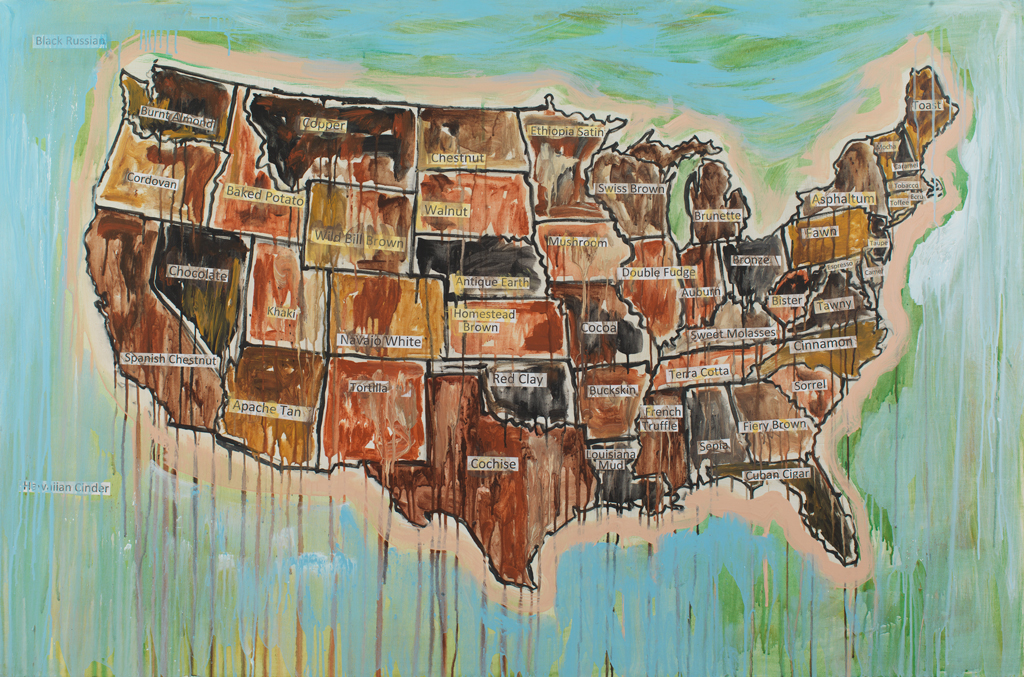
Jaune Quick-to-See Smith , Fifty Shades of Brown, 2017–18, mixed media on canvas.
COURTESY THE ARTIST AND GARTH GREENAN GALLERY, NEW YORK
THURSDAY, APRIL 12
Opening: Jaune Quick-to-See Smith at Garth Greenan Gallery
Jaune Quick-to-See Smith, a member of the Salish and Kootenai nation, will have eight recent works on view in this exhibition, her first with Garth Greenan Gallery. Drawing inspiration from her travels around the Pacific Northwest and California with her father, a horse trader, Smith illuminates the relationship between indigenous culture and contemporary American life in her work. Four mixed-media paintings come from a series Smith began in the early ’90s that recalls her father’s stories of older Native Americans who survived colonial violence, while sculptural work framed by a canoe refers to the ongoing debates about climate change that persist today.
Garth Greenan Gallery, 545 West 20th Street, 6–8 p.m.
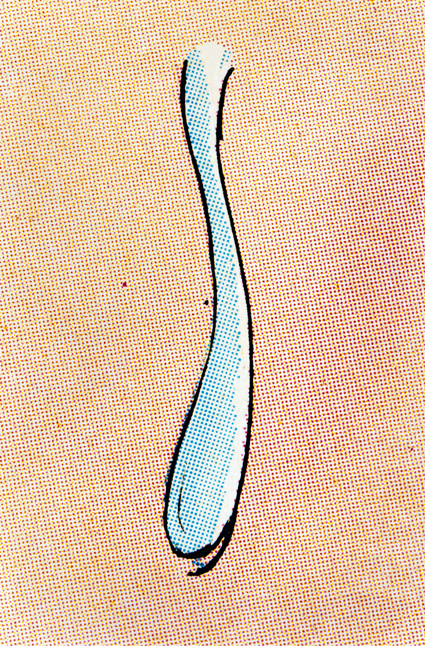
Anne Collier, Tear (Comic) #2, 2018, C-print.
©ANNE COLLIER/COURTESY THE ARTIST AND ANTON KERN GALLERY, NEW YORK
Opening: Anne Collier at Anton Kern
In her recent works on view in this exhibition, Anne Collier sources imagery from record covers and comic books, focusing on the ways these materials represent women, who here often seem to exist in hysterical states. For Crying (Comic) and Tears (Comic), Collier re-appropriates Roy Lichtenstein’s iconography of the crying woman. Alongside these works, a slide-projection piece features found photos from flea markets, thrift stores, and online sellers that depict women taking pictures of themselves in the pre-selfie world. This assembly of ephemera underscores the artist’s interest in photography’s relationship to memory and melancholia.
Anton Kern, 16 East 55th Street, 6–8 p.m.
Book Launch: “Curatorial Activism: Toward an Ethics of Curating” at Cheim & Read
Several years ago, Maura Reilly coined the term “curatorial activism” to highlight the imperative need for diversity and visibility in the institutional art world. Her new book, Curatorial Activism: Toward and Ethics of Curating, features essays on this subject, detailing exhibitions that confronted privilege and worked to break down racist and sexist boundaries. (One essay from the book, about the New Museum’s 1994 exhibition “Bad Girls,” is featured in the Spring 2018 issue of ARTnews.) The book features an introduction by Lucy Lippard, and is arranged thematically by section with focuses on feminism, race, and sexuality. This reception and signing at Cheim & Read will include remarks from curatorial activists and artists Nayland Blake and Frida Kahlo of the Guerrilla Girls.
Cheim & Read, 547 West 25th Street, 6–8 p.m.
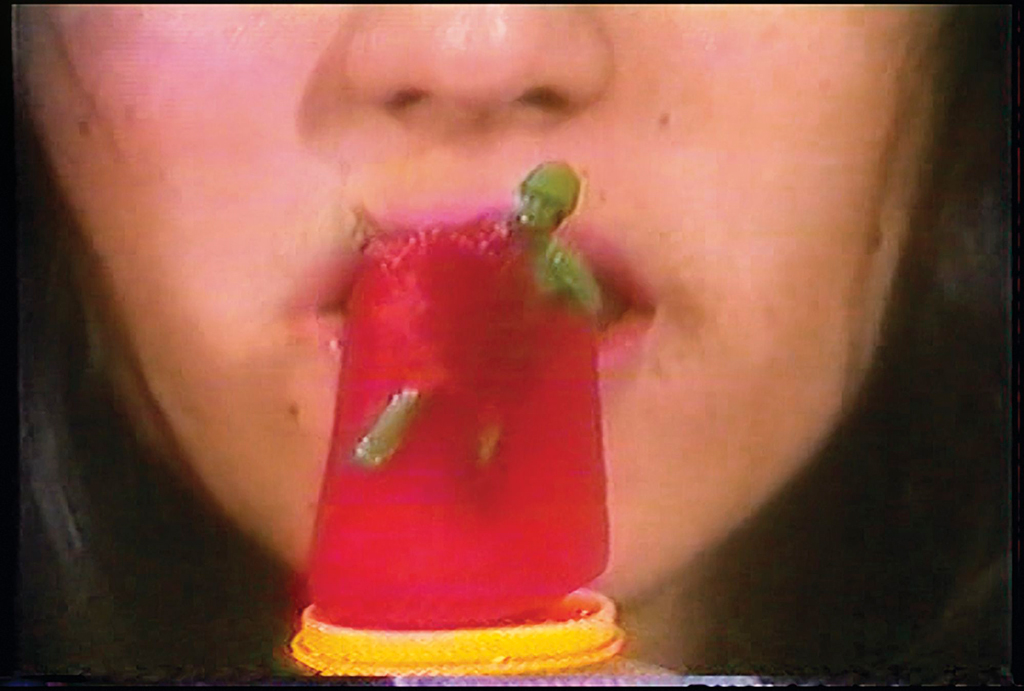
Gloria Camiruaga, Popsicles, 1982–84, video.
©GLORIA CAMIRUAGA/MUSEO DE ARTE CONTEMPORÁNEO (MAC), FACULTAD DE ARTES UNIVERSIDAD DE CHILE
FRIDAY, APRIL 13
Exhibition: “Radical Women: Latin American Art, 1960–1985” at Brooklyn Museum
This first-of-its-kind show, which traveled from the Hammer Museum in Los Angeles, where it was part of the Getty Foundation’s Pacific Standard Time: LA/LA initiative, focuses on contemporary art made by Latin American and Latina women artists over the course of two and a half decades. The show features more than 120 artists from 15 countries—from Ana Mendieta to Marta Minujín—working in everything from painting and sculpture to photography, video, performance, and beyond; if there is one thematic thread running through these disparate mediums, it is the use of the female body as a vessel for expression and change. Among the artists included are Lygia Pape, Zilia Sánchez, Judith F. Baca, Marisol, and Liliana Porter.
Brooklyn Museum, 200 Eastern Parkway, 11 a.m.–6 p.m.
SATURDAY, APRIL 14
Performance: Will Rawls at New Museum
For this piece, titled Persona Not Granted, the choreographer, writer, and performer Will Rawls is staging a work that will interface with Anna Craycroft’s exhibition on the museum’s fifth floor. Craycroft’s piece, which she is developing throughout a residency at the Bowery institution, draws on images of anthropomorphism that can be found in folklore. In his response, Rawls works with objects in the exhibition and attempts to connect real-time movement to an animated moving-image work Craycroft has been steadily producing over the course of her show. He will screen three films—The Party, Sister Spell, and Alpha Dance—that draw on theory about black collectivity; a conversation between Craycroft and Rawls will follow.
New Museum, 235 Bowery, 5 p.m. Tickets $10/$15
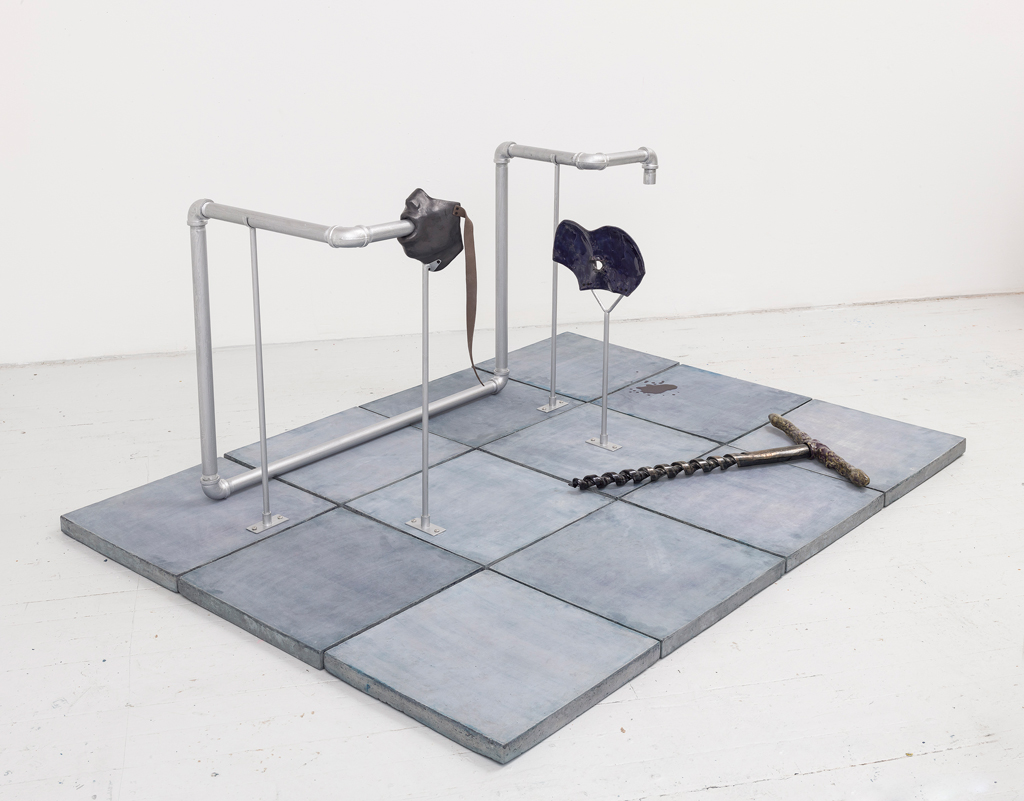
Julia Phillips, Extruder (#1), 2017, partially glazed ceramics, screws, metal structure, metal pipes, concrete tiles, lacquer.
COURTESY THE ARTIST
SUNDAY, APRIL 15
Exhibition: Julia Phillips at MoMA PS1
Following a memorable appearance at this year’s New Museum Triennial, Julia Phillips, a New York–based artist known for her sculptures that often have both psychological and political implications, will have her debut institutional show, at MoMA PS1. The artist’s ceramic and craft works at times suggest the human form via abstract means; they seem to depict the kind of deranged medical torture environments made famous in horror films like the Saw franchise. The exhibition will feature six newly commissioned works that will appear alongside older pieces.
MoMA PS1, 22-25 Jackson Avenue, Queens, 12–6 p.m.
[ad_2]
Source link

